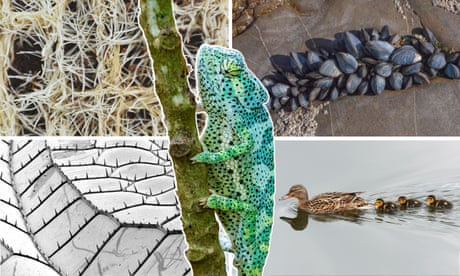- by foxnews
- 04 Apr 2025
Velcro, bullet trains and robotic arms: how nature is the mother of invention
Velcro, bullet trains and robotic arms: how nature is the mother of invention
- by theguardian
- 24 Nov 2022
- in technology

Our ability to copy nature is becoming more sophisticated thanks to advances in nanotechnology. The atomic force microscope, invented in the 1980s, uses a probe with a very sharp tip 1,000 times smaller than a width of hair and can closely scan sample materials. This has facilitated the development of biomimicry, which allows better replication of natural materials than ever before.
1. Scientists have long been impressed at how well mussels cling to rocks underwater. Now, they are working out how to replicate their sticky proteins to create a non-toxic glue that instantly sticks materials together, even underwater. It could be used to close wounds after surgery.
3. Plant roots are able to selectively suck up water and specific nutrients needed for growth. Scientists are trying to mimic them to create better water purification techniques.
5. Plants produce food by photosynthesis, and when they do this they suck carbon dioxide out of the atmosphere. For decades, scientists have been trying to replicate this process as a way to produce energy and tackle the climate crisis. Researchers in California have now managed to turn carbon dioxide into ethanol (which can be used as fuel) using a makeshift solar-powered cell.
Find more age of extinction coverage here, and follow biodiversity reporters Phoebe Weston and Patrick Greenfield on Twitter for all the latest news and features
- by foxnews
- descember 09, 2016
'I traveled for an entire year for free - and saved $15K'
Hailey Learmonth explored Australia without paying rent, thanks to pet sitting. She saved $15,000, lived on farms, and embraced remote work to travel on a budget.
read more





